


National Beach Day
Altruistic August


Managing Diabetes in the Workplace Building Healthy Relationships
















National Beach Day
Altruistic August


Managing Diabetes in the Workplace Building Healthy Relationships












As summer stretches on, August invites us to pause, reflect, and act with purpose. From building stronger relationships to volunteering in our communities and being more mindful with our time and health, this month is a reminder that giving back isn’t just good for others - it’s good for us too




With National Beach Day encouraging connection to nature, and Altruistic August promoting acts of kindness, it’s the perfect time to reclaim your time and energy for what truly matters Whether you’re supporting a colleague managing diabetes, preparing a healthy family meal, or unplugging from digital noise, August is about rediscovering balance through connection, compassion, and care.

The best way to find yourself is to lose yourself in the service of others.
- Mahatma Gandhi
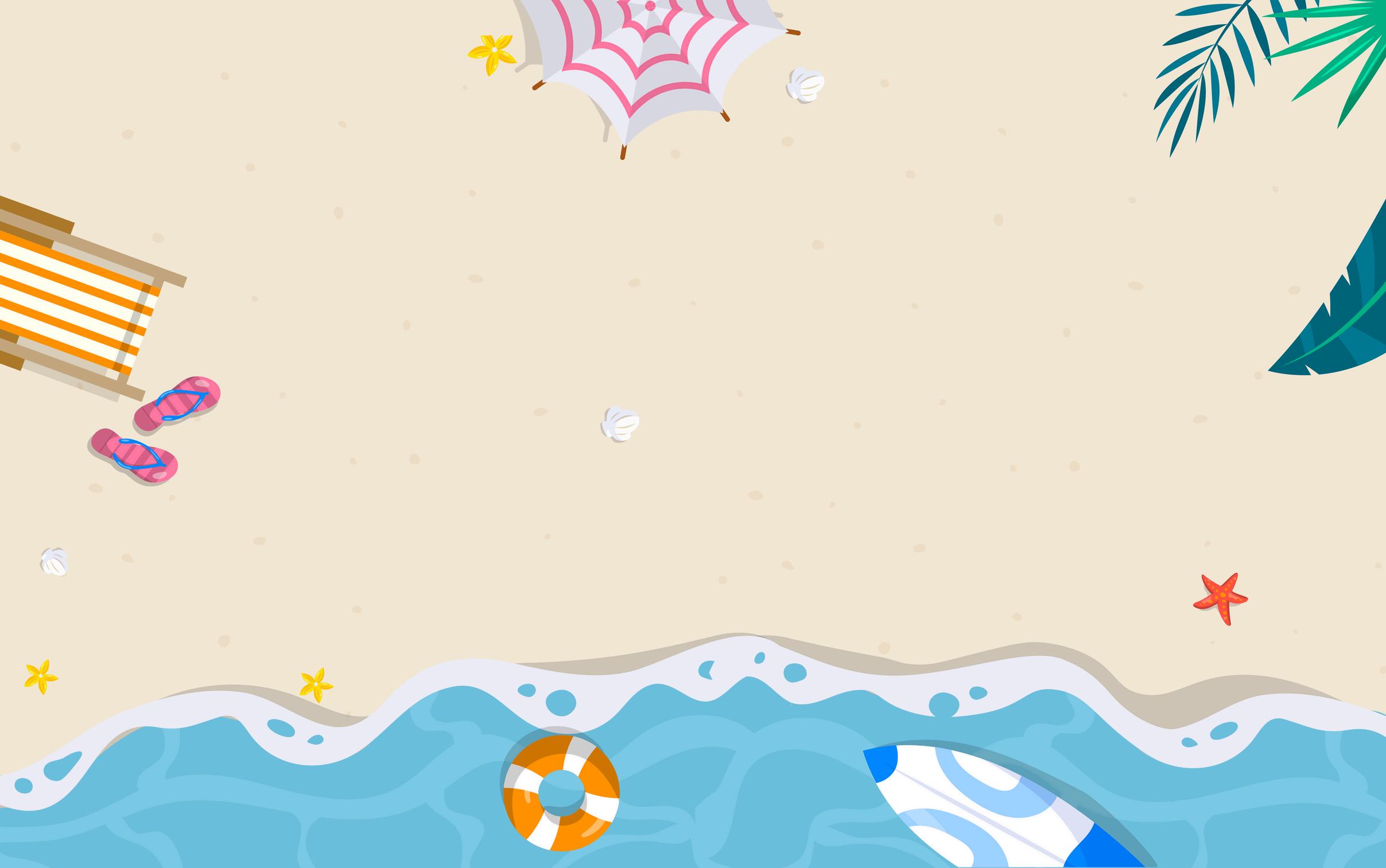
National Beach Day, celebrated on 30th August, is a wonderful opportunity to appreciate the beauty of our coastlines and the myriad benefits they offer for our wellbeing. This day encourages us to take a break from our busy lives, head to the beach, and enjoy the sun, sand, and sea Whether you live near the coast or plan a special trip, National Beach Day is the perfect excuse to soak up the natural beauty and rejuvenate your mind and body
Spending time at the beach can have numerous positive effects on our mental and physical health Exposure to sunlight at the beach boosts vitamin D production, essential for bone health, immune function, and mood regulation, though it’s important to apply sunscreen to protect your skin.
Physical activities such as swimming, walking, playing beach volleyball, or building sandcastles provide a fun way to stay active and improve cardiovascular health
The beach also offers a break from the hustle and bustle of daily life, helping to clear your mind, improve focus, and enhance creativity The sound of waves, the feel of sand between your toes, and the sight of the vast ocean can all contribute to a sense of calm and relaxation, helping to reduce stress and anxiety

Additionally, spending time at the beach with family and friends can strengthen relationships and provide emotional support through social interactions

There are many ways to make the most of National Beach Day Here are some ideas to inspire you:
1.Plan a Beach Picnic: Pack a picnic basket with your favourite snacks and enjoy a meal by the sea. Don’t forget to bring a blanket, sunscreen, and plenty of water
2 Get Active: Try out water sports such as frisbee, surfing, paddleboarding, or kayaking These activities are not only fun but also provide a great workout.
3 Beach Clean-Up: Participate in or organise a beach clean-up event Helping to keep the beach clean not only benefits the environment but also fosters a sense of togetherness.
4 Relax and Unwind: Simply relax on the beach with a good book, listen to music, or meditate Allow yourself to fully unwind and enjoy the tranquil surroundings
5.Capture the Moment: Bring a camera or use your phone to capture the beauty of the beach. Taking photos can help you appreciate the moment and create lasting memories


While enjoying National Beach Day, it’s important to stay safe. Use a broad-spectrum sunscreen with at least SPF 30 and reapply every two hours, or more often if you’re swimming or sweating Stay hydrated by drinking plenty of water, especially if you’re spending a lot of time in the sun Swim in designated areas and pay attention to lifeguard instructions, being mindful of currents and tides. Additionally, protect your feet by wearing sandals or water shoes to avoid hot sand and sharp objects
1. Find a Quiet Spot:
Choose a stretch of beach where you can walk undisturbed. It’s best to go barefoot to fully experience the sensations.
2. Start Slowly:
Begin walking slowly along the shoreline Focus on the feeling of the sand beneath your feet and the rhythm of your steps
3. Engage Your Senses:
Pay attention to the sounds around you, such as the waves crashing, seagulls calling, and the wind blowing Notice the smell of the salty air and the warmth of the sun on your skin
4. Breath Deeply:
Take deep, deliberate breaths. Inhale the fresh sea air deeply through your nose, hold for a moment, and then exhale slowly through your mouth.
5. Stay Present:
If your mind starts to wander, gently bring your focus back to the present moment Concentrate on each step and the sensations you are experiencing.
7. Observe Without Judgement:
Notice any thoughts or feelings that arise without judgement Simply acknowledge them and let them pass, returning your focus to your walking and breathing
8. End with Gratitude:
After your walk, take a moment to stand still, close your eyes, and express gratitude for the experience and the natural beauty around you

Volunteering at a food bank is a practical and meaningful way to support people in your community who are facing food insecurity. Whether you're helping to sort donations, pack food parcels or distribute essentials, your time can make a real difference to individuals and families who need it most.
It’s so a chance to meet others, better understand the challenges people are dealing with locally, and be part of something with real impact
If you're looking to get involved, visit the Trussell Trust website to find your nearest food bank and see how you can help:
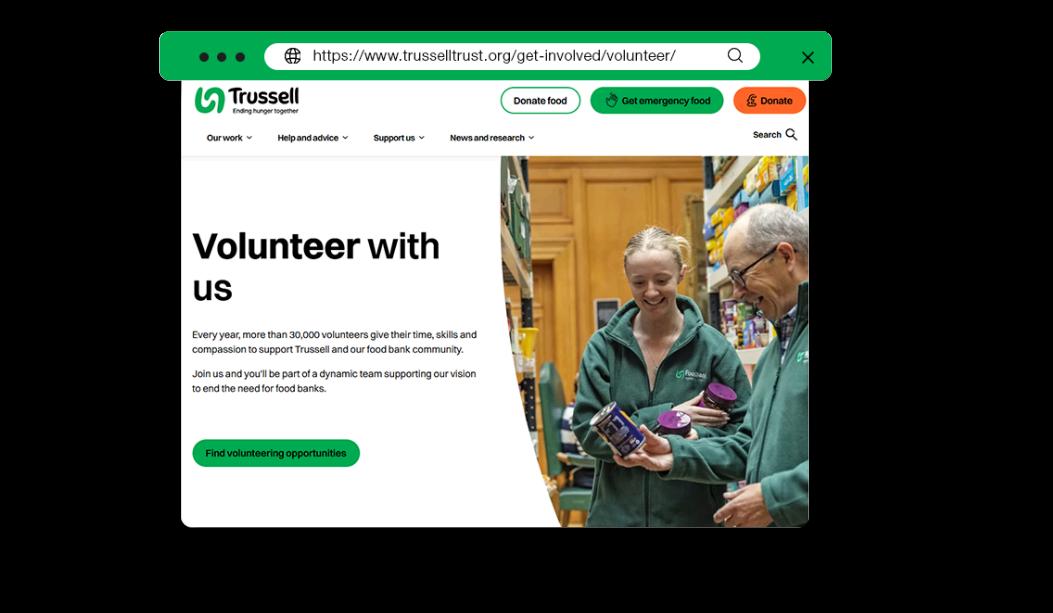
Diabetes affects over 4.3 million people in the UK, with another estimated 850,000 undiagnosed Whether you’re managing your own condition or supporting a colleague, understanding how to navigate diabetes at work is essential - for wellbeing, productivity, and legal compliance.
Under the Equality Act 2010, diabetes is usually classed as a disability This means employers must make reasonable adjustments to support people managing the condition - and employees have a right to request them
You don’t have to tell your employer, but being open can help them support you
· You’re entitled to ask for adjustments like structured breaks, flexibility around meals, or a private space to take insulin or check your blood sugar
Hypoglycaemia (a “hypo”) happens when blood sugar drops too low It can cause confusion, shakiness, and even fainting If someone you work with is diabetic:
Learn their signs and how they treat a hypo (usually with glucose tablets or a sugary drink)
Never try to stop them treating a hypo, even if it’s during a meeting or shift
If you have diabetes, let a trusted colleague know your signs and how they can help in an emergency
Diabetes management is easier when it’s built into your day. Tips for employees:
Keep supplies (glucometer, snacks, insulin) easily accessible
· Don’t delay meals or breaks - it can be dangerous
Plan ahead for long meetings, travel, or shift changes
· If you feel unwell, stop and check your levels

Don’t make assumptions - speak with the individual about what they need
· Adjustments don’t need to cost money; a little flexibility goes a long way
Regular appointments and diabetes education courses can help prevent complications and reduce long-term sick leave Managers should:
Allow paid time off for essential appointments
· Encourage open conversations during one-to-ones
Review long-term health support in line with occupational health policies
a Big Difference
Swap biscuits for fruit in shared spaces. Offer walking meetings or stretch breaks
Promote awareness campaigns during Diabetes Week
Encourage colleagues to check their risk via Diabetes UK's tool

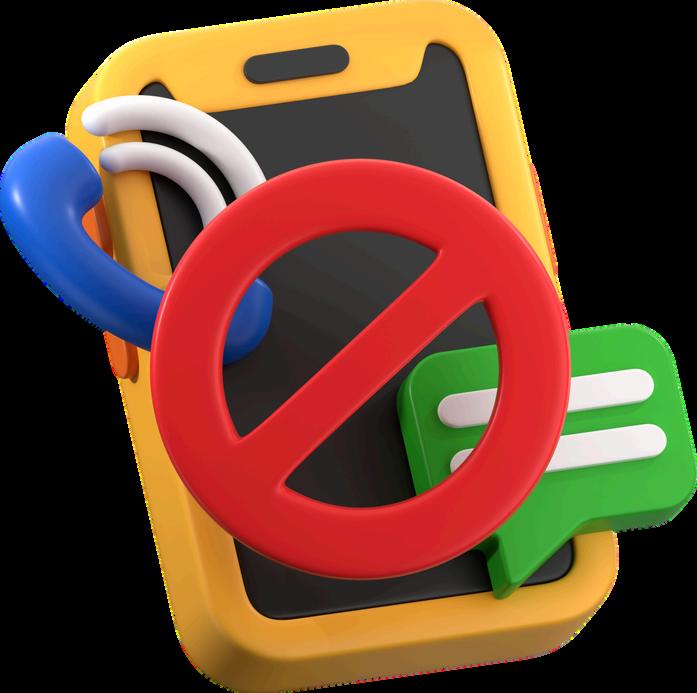
Reclaim your time and mental wellbeing by reducing digital device usage and increasing mindfulness throughout the month.

Excessive screen time can lead to eye strain, headaches, sleep disturbances, and social isolation. A digital detox can help you reconnect with yourself and the world around you.

Make arrangements for important tasks or communications before your detox begins

· Day 1: Track your screen time today Use your device’s built-in tracking feature or an app to see how much time you spend on screens
· Day 2: Identify your most used apps and reflect on their necessity Consider deleting or limiting usage of those that are non-essential
Day 3: Set specific goals for reducing screen time this month Decide on a daily limit and stick to it
Day 4: Create tech-free zones in your home. Designate areas (like the bedroom or dining room) where devices are not allowed
Day 5: Establish a “no screens” rule for the first hour after waking and the last hour before bed
· Day 6: Spend at least 30 minutes engaging in a non-digital hobby (reading, crafting, gardening)
· Day 7: Reflect on your screen time habits this week. How did it feel to limit your digital usage?
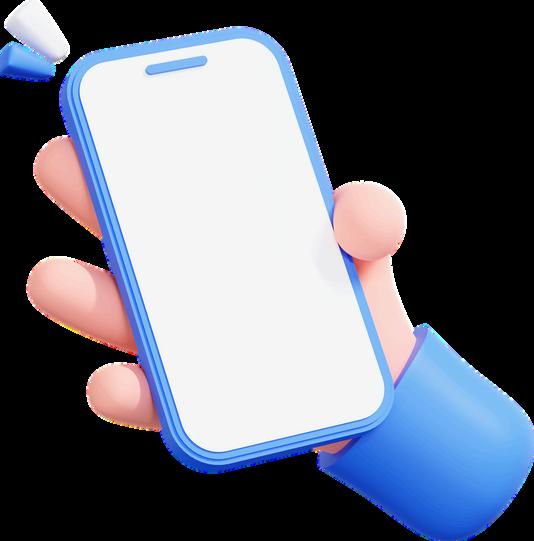


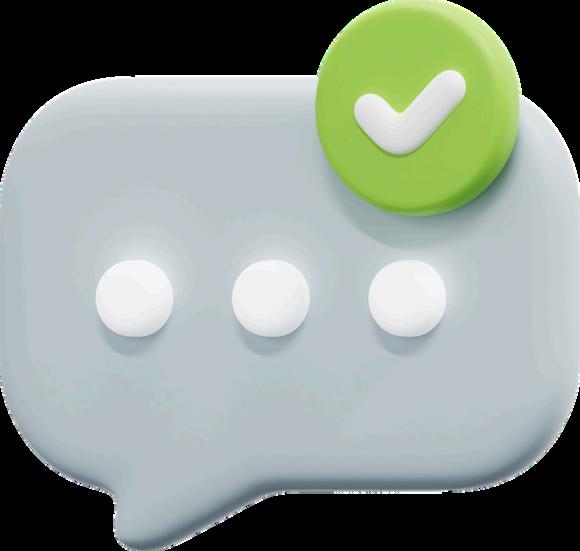
Decide which devices you will be disconnecting from (e g , phone, computer, tablet)
Plan activities that don't involve screens, such as reading, spending time in nature, or engaging in hobbies
Let your friends and family know that you will be taking a break from technology

· Day 8: Plan a full day without screens Fill your day with offline activities, such as visiting friends, exploring nature, or trying a new hobby
· Day 9: Write a handwritten letter to a friend or family member instead of texting or emailing them
· Day 10: Attend a local event or class that interests you, leaving your devices at home.
Day 11: Read a book (physical or audio) for at least 30 minutes without any digital interruptions
Day 12: Cook a new recipe today without using a digital device, you could rely on printed recipes from a book or your memory
Day 13: Go for a walk or hike in nature Spend at least an hour enjoying the outdoors without any digital distractions
Day 14: Reflect on your offline experiences this week How did they enhance your day-to-day life?
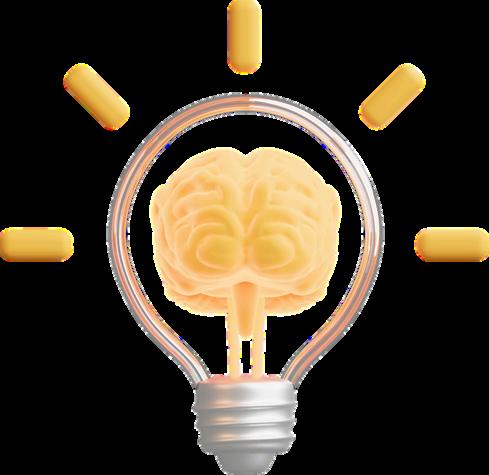
Day 15: Arrange a coffee or lunch date with a friend, focusing on conversation and connection without screens
Day 16: Practice mindfulness through meditation or deep breathing exercises for 10 to15 minutes today.
Day 17: Declutter your digital space
Unsubscribe from unwanted emails, delete unused apps, and organize your digital files.
Day 18: Have a meal with someone without any screens Focus on the food and your conversation.
Day 19: Create something (art, a scrapbook, or journal entry) using traditional methods no digital tools allowed
Day 20: Spend time in a library or bookstore, browsing and reading physical books
Day 21: Reflect on how your connections with others have changed this week without the interference of digital devices.

Day 22: Plan a weekend getaway or staycation that focuses on minimizing screen usage Engage in activities that promote relaxation and connection
· Day 23: Set personal boundaries for device use moving forward (e.g., no screens during meals or before bedtime)
· Day 24: Create a vision board or mind map of your goals and aspirations using physical materials no digital assistance allowed
· Day 25: Volunteer for a local organisation or cause Engage with your community and make a difference
· Day 26: Write down your reflections on the digital detox journey What did you learn? How has your perspective changed?
Day 27: Choose one day this week to go completely screen free no phones, computers, or TVs
Day 28: Reflect on how your relationship with technology has evolved throughout this month What will you carry forward?

Celebrate Your Journey

· Day 29: Share your digital detox experience with friends or family. Encourage them to join in on a future challenge!
· Day 30: Celebrate your achievements this month with an offline activity you enjoy, like a spa day, a movie night with friends, or a special dinner



Continue your digital detox journey beyond this month. Commit to maintaining at least one new habit you’ve developed during this challenge, such as tech-free evenings or screen-free weekends, to help sustain a healthy balance in your life
In a world that often seems focused on self-interest and personal gain, Altruistic August offers a refreshing change of pace by encouraging acts of kindness, compassion, and generosity The idea behind Altruistic August is simple: for the entire month, people are encouraged to engage in acts of altruism, where they put others’ needs ahead of their own without expecting anything in return This movement promotes the power of giving, fosters a sense of community, and highlights the positive impact we can all make when we prioritise helping others.
Altruism refers to selfless concern for the wellbeing of others. It involves acting in ways that benefit someone else, even if it costs you something, whether that’s your time, money, or energy. While altruism is a concept often linked to moral philosophy and ethics, in practical terms, it’s about doing good deeds with no expectation of recognition or reward.
Whether it’s helping a neighbour with shopping, volunteering at a local charity, or simply offering a kind word to someone having a rough day, altruistic actions, no matte comm
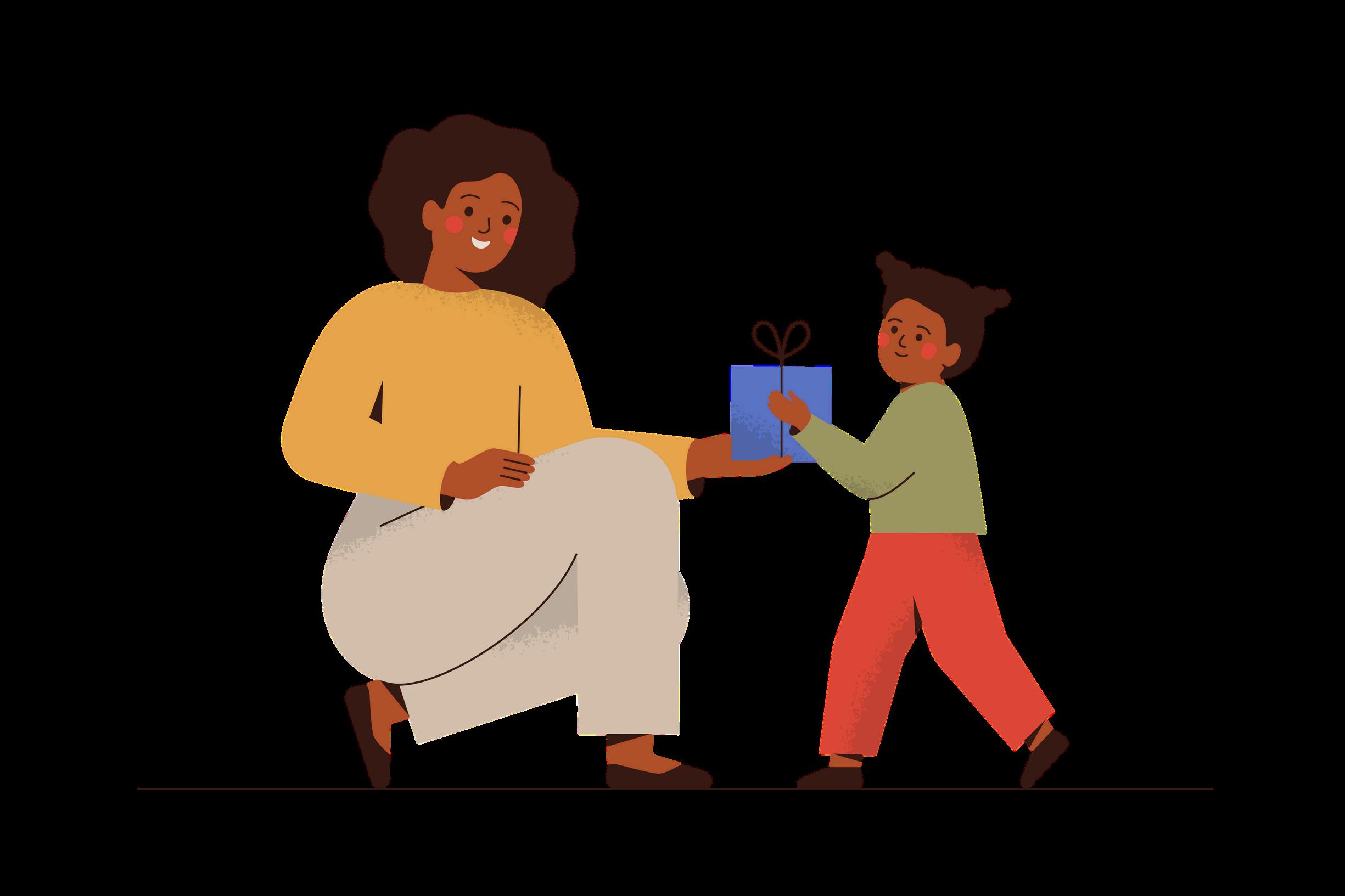


There are countless ways to get involved in Altruistic August, and the beauty of the movement is that it doesn’t require grand gestures or large financial contributions Small, everyday acts of kindness can have a significant impact. Here are a few ideas for how you can make a difference during Altruistic August:
1 Volunteer your time:
Offer to help out at a local charity sop, food bank, or community centre Giving your time to support those in need is a great way to contribute to your community
2. Donate to a cause:
Whether it’s money, clothing, food, or other resources, donating to causes or people in need is a direct way to help those less fortunate
3. Help a neighbour:
Simple acts like offering to help with shopping, mow someone’s lawn, or help with a home project can make a big difference to someone who needs support
4. Random acts of kindness:
Pay for someone’s coffee, leave a generous tip, or compliment a stranger These small acts can brighten someone’s day and create a chain of positivity
5 Support mental health:
Reach out to friends or family members who may be struggling Sometimes, offering a listening ear and emotional support can be the most powerful form of altruism.
6. Express gratitude:
Write a note or send a message of appreciation to someone who has made a difference in your life Showing gratitude not only uplifts others but also enhances your own sense of wellbeing
7. Sustainable giving: Consider giving back to the environment by engaging in eco-friendly practices like planting trees, reducing waste, or cleaning up local parks and beaches

Participating in Altruistic August can have numerous benefits, including:
Improved mental health
Acts of kindness have been shown to boost mood and reduce stress
Increased happiness
Giving back can lead to a sense of fulfilment and satisfaction.
Stronger relationships
Helping others can strengthen bonds with family and friends
Positive impact on the community
Acts of kindness can createa more compassionate and supportive community

Altruistic August is more than just a month-long campaign; it’s a movement that encourages us to look beyond ourselves and focus on the wellbeing of others By participating in this initiative, we can help create a wave of kindness that spreads far and wide, making the world a better place for everyone.
Altruistic August | Action for Happiness
Altruism | Psychology Today
Random acts of kindness | Mental Health Foundation

Open and honest communication enables individuals to express their thoughts and emotions without fear of criticism or retaliation Research from the Gottman Institute highlights that couples who engage in active listening and clear communication tend to have higher levels of relationship satisfaction.
Furthermore, healthy communication involves addressing conflicts in a calm and constructive manner, focusing on resolving issues instead of letting them escalate into larger disputes
Healthy relationships are crucial to both mental and emotional wellbeing, affecting everything from stress management to overall life satisfaction. Whether in a romantic partnership, friendship, or family bond, these connections thrive on trust, effective communication, and mutual respect Research underscores several key factors that contribute to building and sustaining healthy relationships


Trust forms the foundation of any healthy relationship, allowing people to feel secure and confident in their connection Studies show that trust is built through consistent, positive interactions and mutual support over time Respecting each other’s boundaries and individuality is equally important, helping both parties feel valued and understood
Research indicates that individuals in supportive relationships experience lower levels of stress and anxiety, and higher overall wellbeing Offering empathy, encouragement, and understanding during difficult times strengthens emotional bonds and fosters resilience within the relationship.
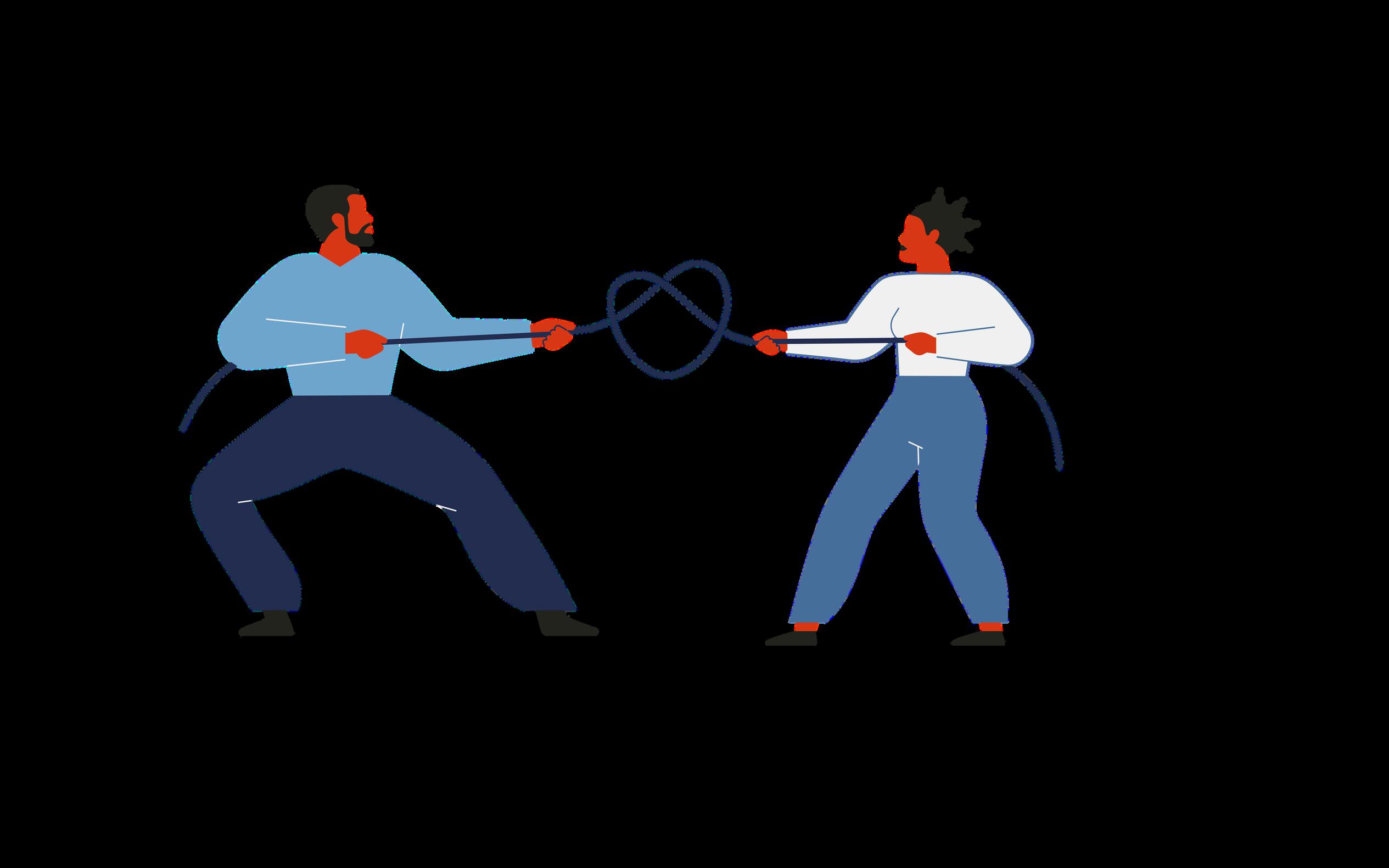
7
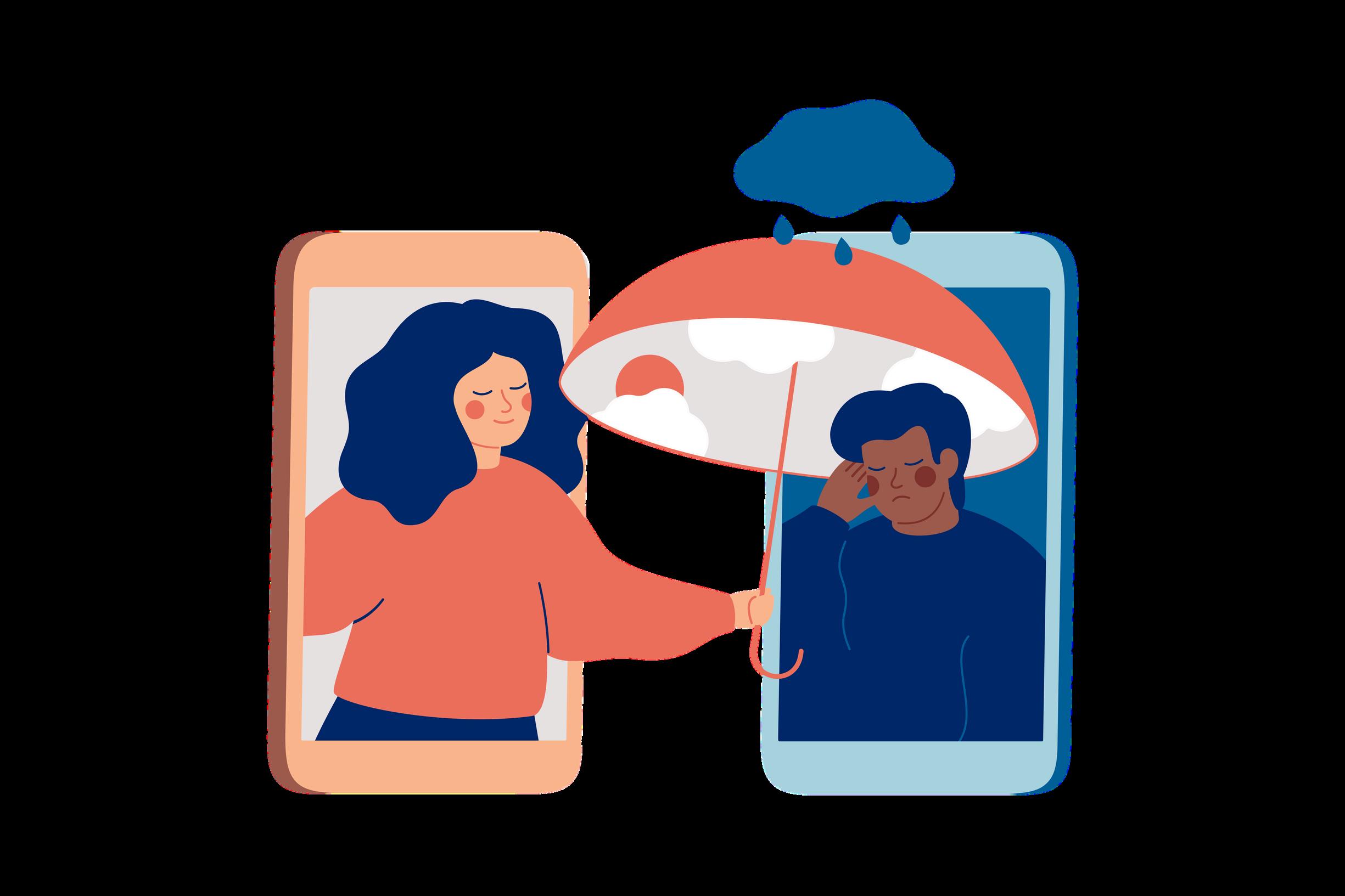
While a strong bond is essential, maintaining your identity and personal goals outside of the relationship helps prevent co-dependency and promotes personal growth. Encouraging each other’s ambitions enhances the sense of fulfilment within the relationship
Healthy relationships thrive on open communication, mutual trust, emotional support, and personal independence By nurturing these elements, individuals can create more balanced, satisfying connections that enhance both emotional health and overall

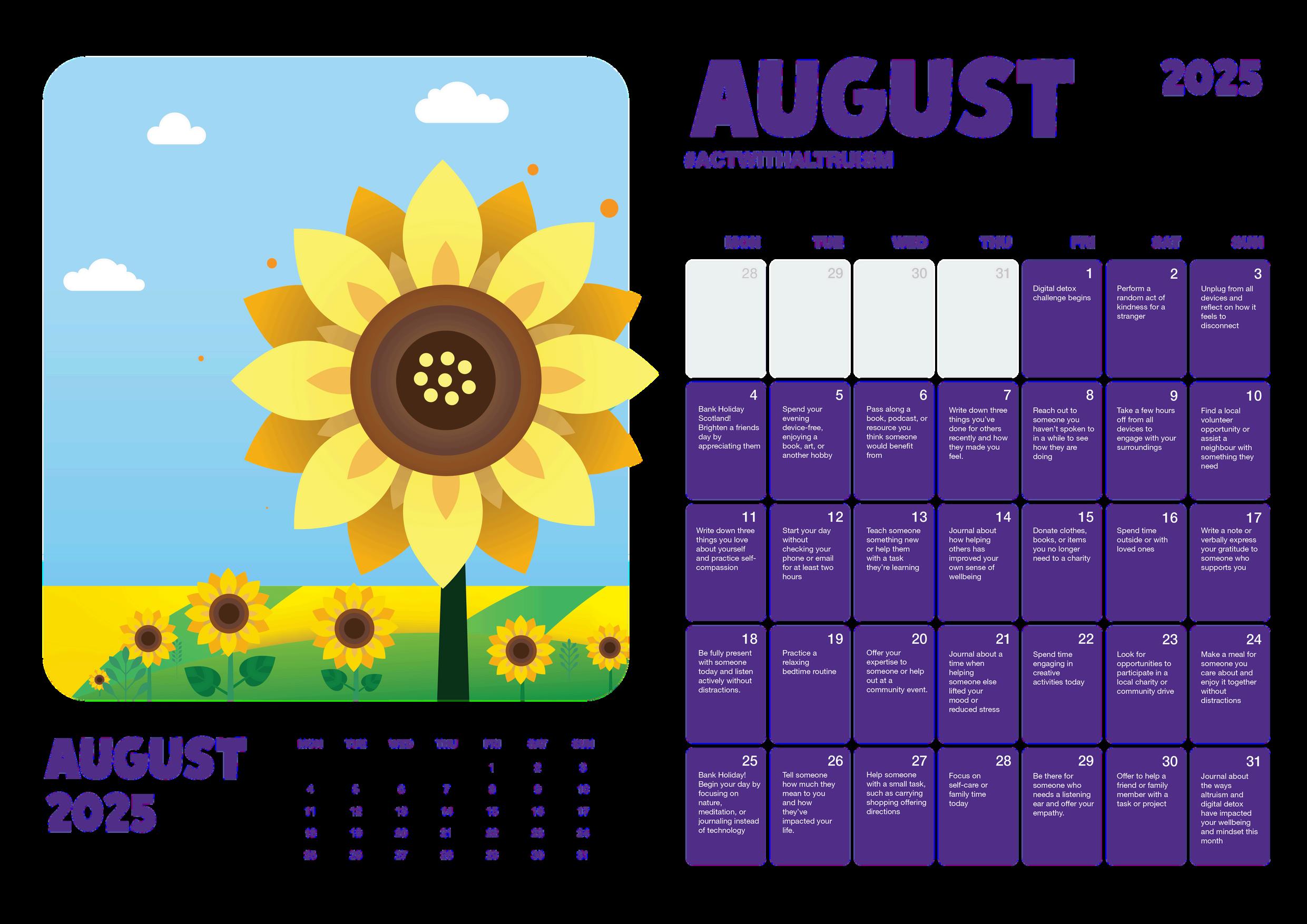
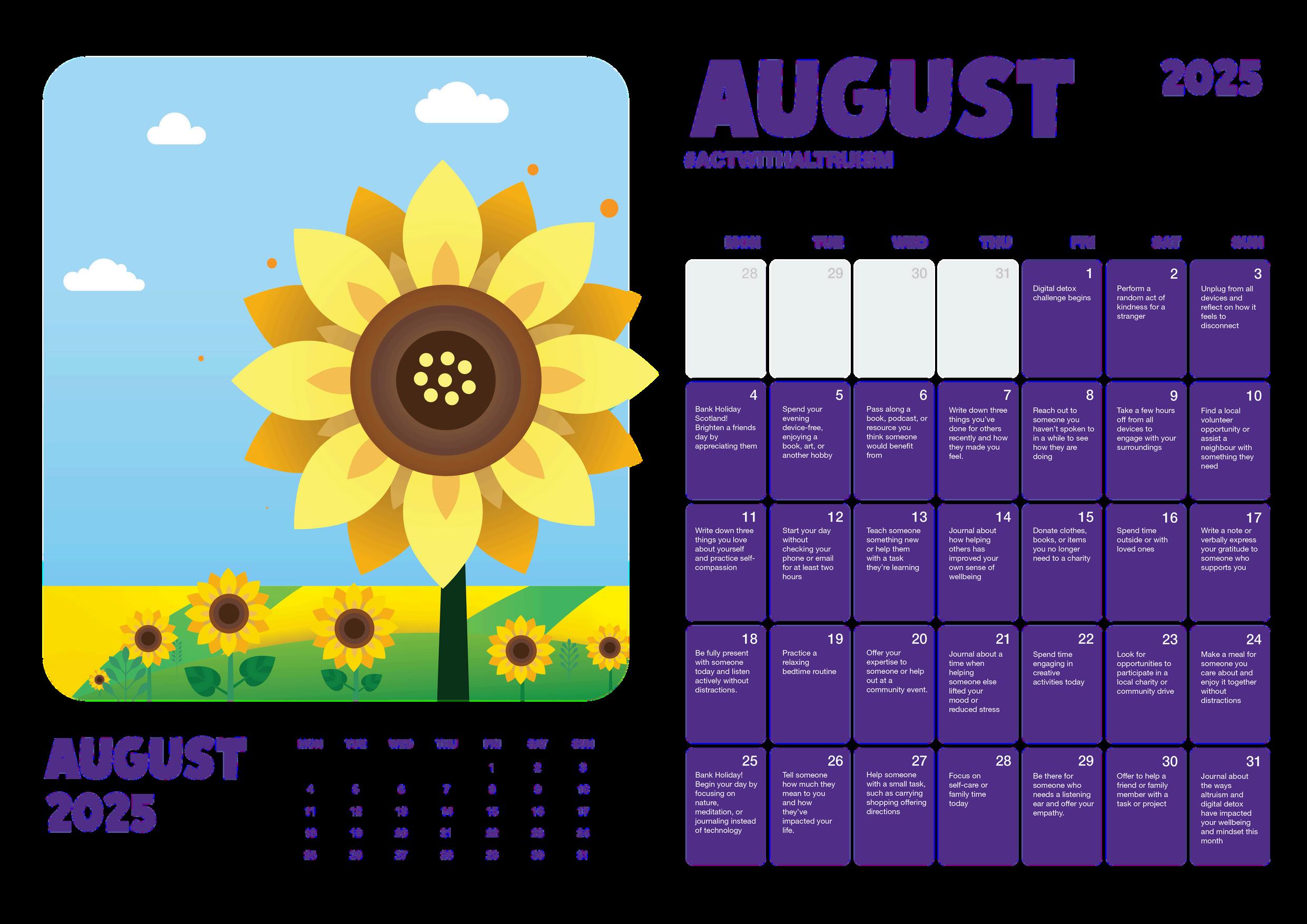




A colourful and nutritious dish that combines a variety of vegetables and proteins This dish is known for its vibrant mix of Flavors and textures, making it a perfect family meal!
· 1 pound (450g) boneless chicken breast, sliced into thin strips


· 8 oz (225g) prawns, peeled and deveined
· 8 oz (225g) beef (like sirloin or flank steak), sliced into thin strips
· 2 cups broccoli florets
· 1 cup bell peppers (red, yellow, or green), sliced
· 1 cup snap peas or snow peas
· 1 cup carrots, julienned or sliced
1 cup baby corn, halved (fresh or canned)
· 2 cloves garlic, minced
· 1 inch piece of ginger, grated or minced
· 2 tablespoons vegetable oil (or sesame oil)

· ¼ cup soy sauce (low sodium, if preferred)
· 2 tablespoons oyster sauce
· 1 tablespoon cornstarch mixed with 2 tablespoons water (slurry)
· 1 tablespoon sesame oil
· 1 tablespoon rice vinegar or apple cider vinegar
1 tablespoon sugar or honey (optional, for sweetness)
· A pinch of red pepper flakes (optional, for heat)




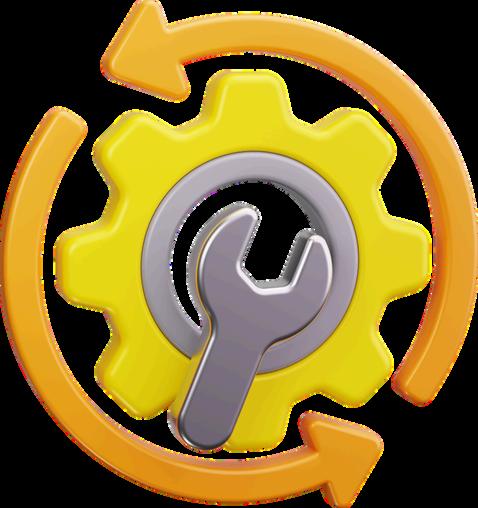
1. Prepare the Ingredients.
Wash and chop all the vegetables and protein ingredients Have everything ready for quick cooking
2. Make the Sauce.
In a small bowl, whisk together the soy sauce, oyster sauce, sesame oil, vinegar, sugar (if using), and red pepper flakes Add the cornstarch slurry and mix well Set aside
3. Cook the Proteins.
In a large wok or skillet, heat 1 tablespoon of vegetable oil over medium-high heat Add the chicken strips and stir-fry for about 3-4 minutes until cooked through Remove from the pan and set aside In the same pan, add another tablespoon of oil if necessary, and cook the beef for about 2-3 minutes until browned but still tender. Remove and set aside. Finally, add the shrimp to the pan and cook for about 2-3 minutes until pink and opaque Remove and set aside with the other proteins

4. Stir-Fry the Vegetables.
In the same pan, add a bit more oil if needed. Add the minced garlic and ginger, and stir-fry for about 30 seconds until fragrant Add the broccoli, bell peppers, snap peas, carrots, and baby corn Stir-fry for about 4-5 minutes until the vegetables are tender-crisp
5. Combine and Finish.
Return the cooked chicken, beef, and shrimp to the pan with the vegetables Pour the prepared sauce over the stir-fry and toss everything together Cook for an additional 2-3 minutes, allowing the sauce to thicken and coat all the ingredients.
6. Serve the Happy Family Stir-Fry
hot over cooked rice or noodles. Garnish with sesame seeds or sliced green onions if desired

Feel free to substitute or add other vegetables such as bok choy, courgette, or mushrooms.
Add more red pepper flakes or a splash of sriracha to increase the heat level.
This stir-fry can be made ahead of time and reheated Just be sure not to overcook the vegetables to maintain their crunch.

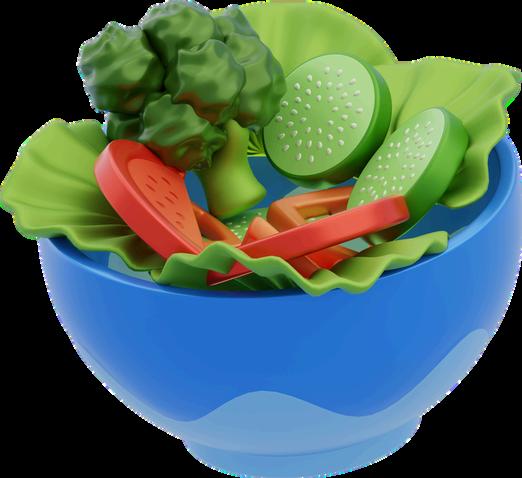




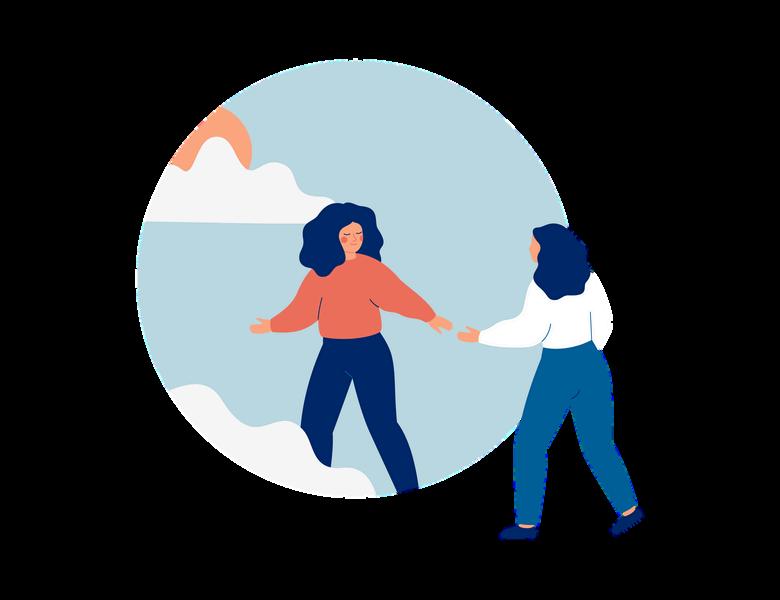
By downloading the calendar you'll also receive monthly updates on our new magazine issues, packed with fresh insights and actionable tips to help your workforce thrive
✅ Support Wellbeing and Work-Life Balance
✅ Enhance Employee Engagement
✅ Promote Inclusivity & Diversity

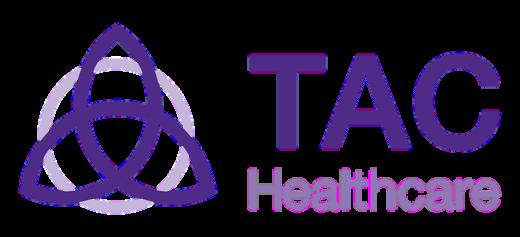
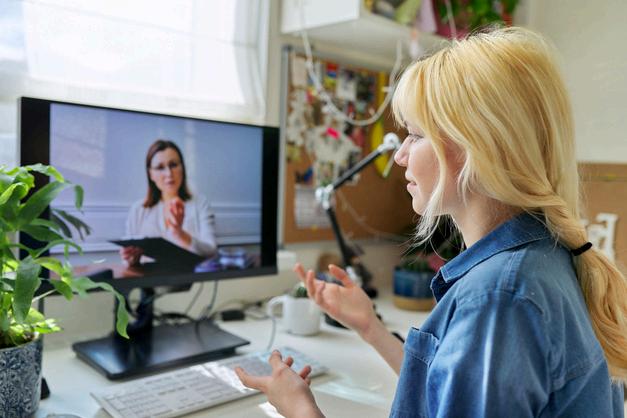
Equip your team with the knowledge, confidence, and tools to recognise, support and respond to mental health challenges at work. From awareness to leadership, our FAA-accredited courses empower individuals at all levels.
Supporting Mental Health at Work
Our Mental Health First Aid programme, crafted to empower every level of an organisation in aiding colleagues showing signs of mental health decline. Our evidence-based courses, from a half-day awareness course to a two-day course designed for managers, not only increase knowledge and confidence, but also help reduce the stigma surrounding mental health.
FAA Accredited Practical, Interactive Learning
Certification Included Qualified MH First Aiders
Supports Legal & HR Compliance
Remote and in Person Options
I found the Mental Health First Aid course to be incredibly helpful, informative, and surprisingly enjoyable I appreciated how the course combined real-life scenarios with practical tools and strategies that I can confidently use to support others.

Mental Health Awareness Half-Day - £185
Perfect for: All Employees
A powerful, company-wide introduction to mental health in the workplace. Builds awareness, breaks stigma, and starts the right conversations.
Course Covers:
What is mental health first aid?
Starting a conversation
Identifying common mental health conditions
Understanding stress and its impact
Leading First Aid for Mental Health 2 Days - £520
Perfect for: Managers & Senior Leaders
Advanced FAA Level 6 training for those managing or rolling out workplace wellbeing programmes. Learn to lead by example and support others
Course Covers:
Full 1-day content plus: PTSD, self-harm, psychosis & personality disorders
Suicide intervention Building and managing workplace support structures
Legal responsibilities and policies
First Aid for Mental Health 1 Day - £250
Perfect for: Designated Mental Health First Aiders
Gives nominated team members the confidence to step in, listen nonjudgementally, and take appropriate action. FAA Level 5 certified.
Course Covers:
Identifying mental health conditions
The role of a mental health first aider
Stress, drugs, alcohol and their effects
Building a mental health action plan
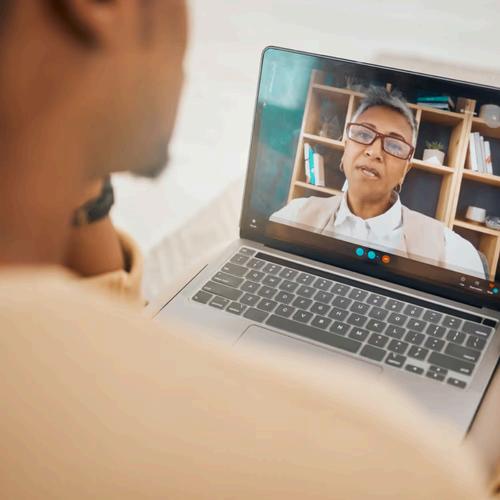

www.tachealthcare.com

For every £1 invested in mental health interventions, employers receive an average return of £5menalhealth org uk
At TAC Healthcare, we provide specialist mental health services to help employees build resilience, manage stress, and overcome challenges From routine counselling to post-incident suppor empower teams to stay focused and confid
Equipping employees with coping strategies for high-pressure situations
Specialist Trauma Care
Supporting individuals through PTSD, trauma, and crisis recovery
Promoting diversity and inclusion enhances your reputation, attracting top talent and socially responsible clients.

Cognitive Behavioural Therapy (CBT): BABCP-accredited therapy for stress, anxiety, depression, and panic, delivered remotely or face-to-face
Trauma & PTSD Support: Specialist care for post-traumatic stress, helping employees recover and regain control
Eye Movement Desensitisation Reprocessing (EMDR): A structured therapy reducing nightmares, flashbacks, and distress linked to trauma.
Trauma Risk Management (TRiM): Rapid-response trauma support for critical workplace incidents, providing immediate guidance and structure
Counselling Services: Confidential support to explore emotions, patterns, and personal challenges, fostering self-awareness and mental wellbeing
Mental Health Training: Customised courses in resilience, mental health first aid, and wellbeing, supporting employees onshore and offshore
With 24 years in mental health, Craig Donathy is an accredited BABCP Cognitive Behavioural Therapist (CBT) and former Royal Navy social worker He has helped develop NHS psychotherapy services and has been a Samaritans volunteer for 18 years, bringing a wealth of experience to our employee mental health programmes.


